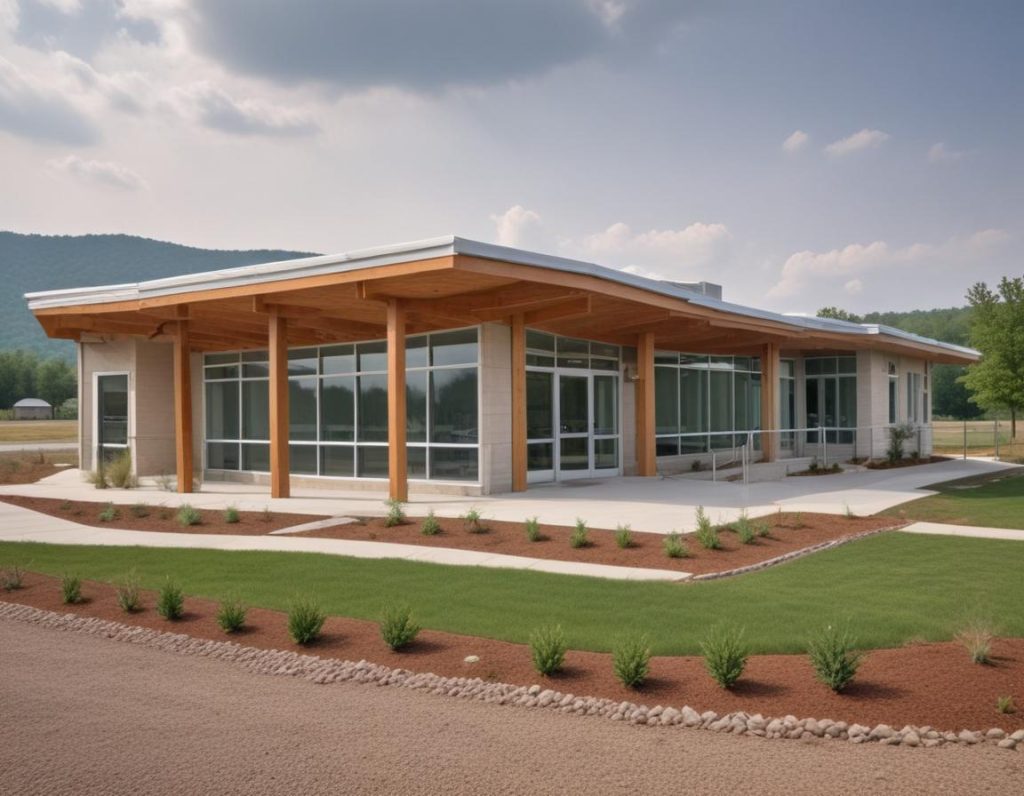Rural healthcare centers and pharmacies face a unique set of challenges that significantly impact their ability to provide adequate care to their communities. These difficulties range from financial constraints and workforce shortages to logistical issues and limited access to advanced medical technologies. States across the United States, particularly those with vast rural areas like Montana, West Virginia, and Mississippi, have struggled with these issues. However, various initiatives have been implemented to address and mitigate these challenges, offering valuable lessons and potential solutions.

Financial Constraints
One of the most significant challenges faced by rural healthcare centers and pharmacies is financial instability. Low patient volumes, high operational costs, and lower reimbursement rates from insurance companies contribute to financial strain. This is particularly evident in states like Mississippi, where many rural hospitals operate on slim margins and are at risk of closure. The loss of these facilities means residents must travel long distances for care, exacerbating health disparities.
Workforce Shortages
Rural areas often struggle to attract and retain healthcare professionals, leading to severe workforce shortages. Montana, for example, has vast rural regions with limited access to primary care physicians, specialists, and pharmacists. This shortage impacts the quality of care and increases wait times for patients. The lack of healthcare providers also limits the availability of specialized services, forcing residents to travel to urban centers for treatment.
Logistical and Infrastructure Issues
Logistical challenges and inadequate infrastructure further complicate healthcare delivery in rural areas. West Virginia, with its rugged terrain and dispersed population, faces significant transportation barriers. Poor road conditions and long travel distances make it difficult for patients to access healthcare services, particularly in emergencies. Additionally, limited access to high-speed internet hampers the adoption of telehealth services, which could otherwise bridge the gap in care.
Limited Access to Advanced Medical Technologies
Rural healthcare centers often lack the resources to invest in advanced medical technologies. This limitation affects diagnostic capabilities and the ability to provide comprehensive care. For instance, many rural hospitals in Mississippi lack advanced imaging equipment, such as MRI machines, necessitating patient transfers to larger facilities for diagnostic tests. This delay in diagnosis and treatment can have serious health consequences.
Successful Initiatives to Address Rural Healthcare Challenges
Despite these challenges, various initiatives have shown promise in improving rural healthcare delivery:
- Telehealth Expansion: Telehealth has emerged as a vital tool in overcoming geographic barriers. States like Montana have embraced telehealth to connect patients with specialists in urban centers. The Montana Telehealth Alliance, for instance, facilitates remote consultations, reducing the need for travel and ensuring timely access to care.
- Loan Repayment and Incentive Programs: To address workforce shortages, several states have implemented loan repayment and incentive programs for healthcare professionals who choose to work in rural areas. West Virginia’s State Loan Repayment Program offers financial incentives to primary care physicians, dentists, and other healthcare providers in underserved areas, helping to attract and retain talent.
- Mobile Health Units: Mobile health units provide essential services to remote areas with limited access to healthcare facilities. In Mississippi, the Delta Regional Authority has deployed mobile health units to offer screenings, vaccinations, and basic medical care to rural communities. These units bring healthcare directly to patients, addressing transportation barriers.
- Community Health Worker Programs: Community health workers (CHWs) play a crucial role in bridging the gap between healthcare providers and rural populations. West Virginia has implemented CHW programs to educate residents about preventive care, manage chronic conditions, and connect them with available resources. CHWs often come from the communities they serve, building trust and improving health outcomes.
- Collaboration and Regional Partnerships: Collaborative efforts among healthcare providers, government agencies, and community organizations can enhance rural healthcare delivery. The Montana Healthcare Foundation’s Frontier Medicine Better Health Partnership is a prime example. This initiative brings together rural healthcare providers to share resources, improve care coordination, and implement best practices.
Conclusion
Rural healthcare centers and pharmacies face significant challenges that require innovative and multifaceted solutions. Financial constraints, workforce shortages, logistical issues, and limited access to advanced technologies all contribute to the difficulties these facilities encounter. However, successful initiatives such as telehealth expansion, incentive programs, mobile health units, community health worker programs, and regional partnerships demonstrate that progress is possible. By continuing to invest in and support these efforts, we can improve healthcare access and outcomes for rural communities across the United States.


